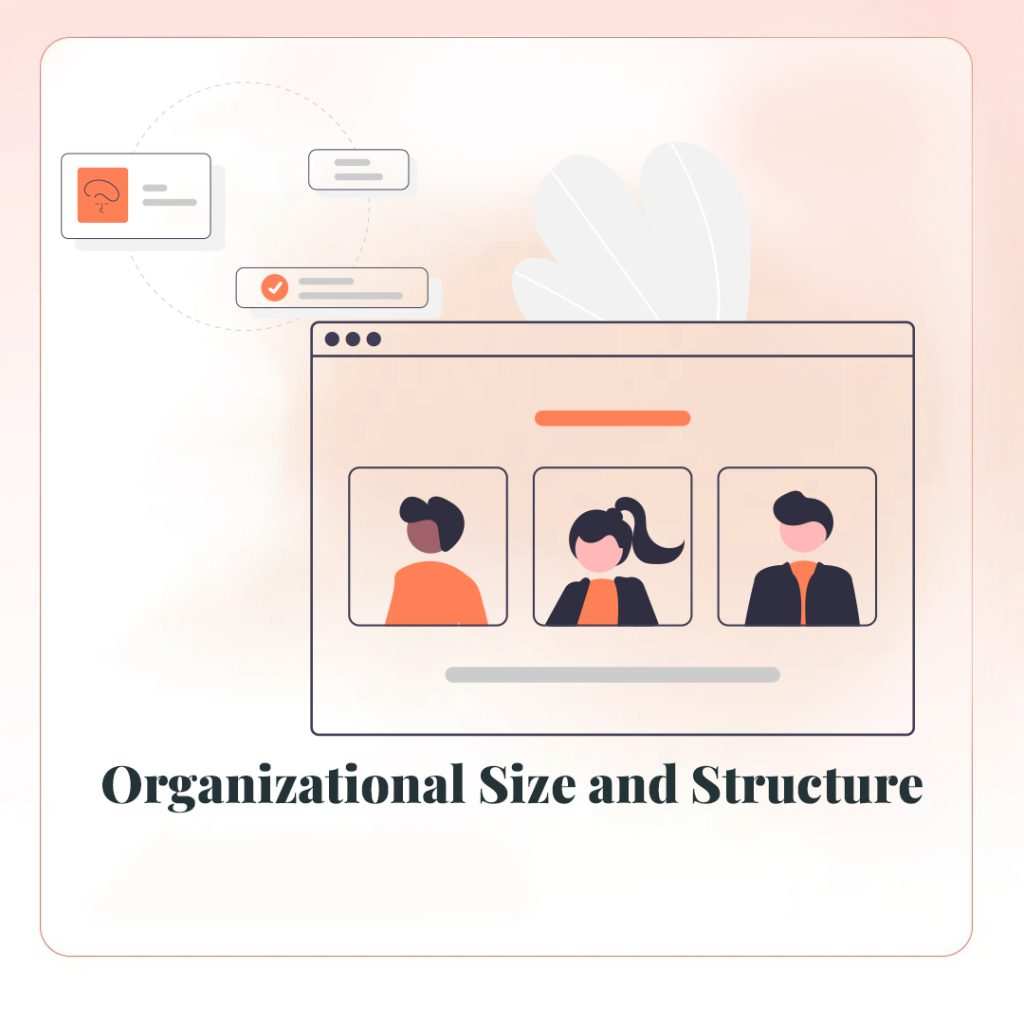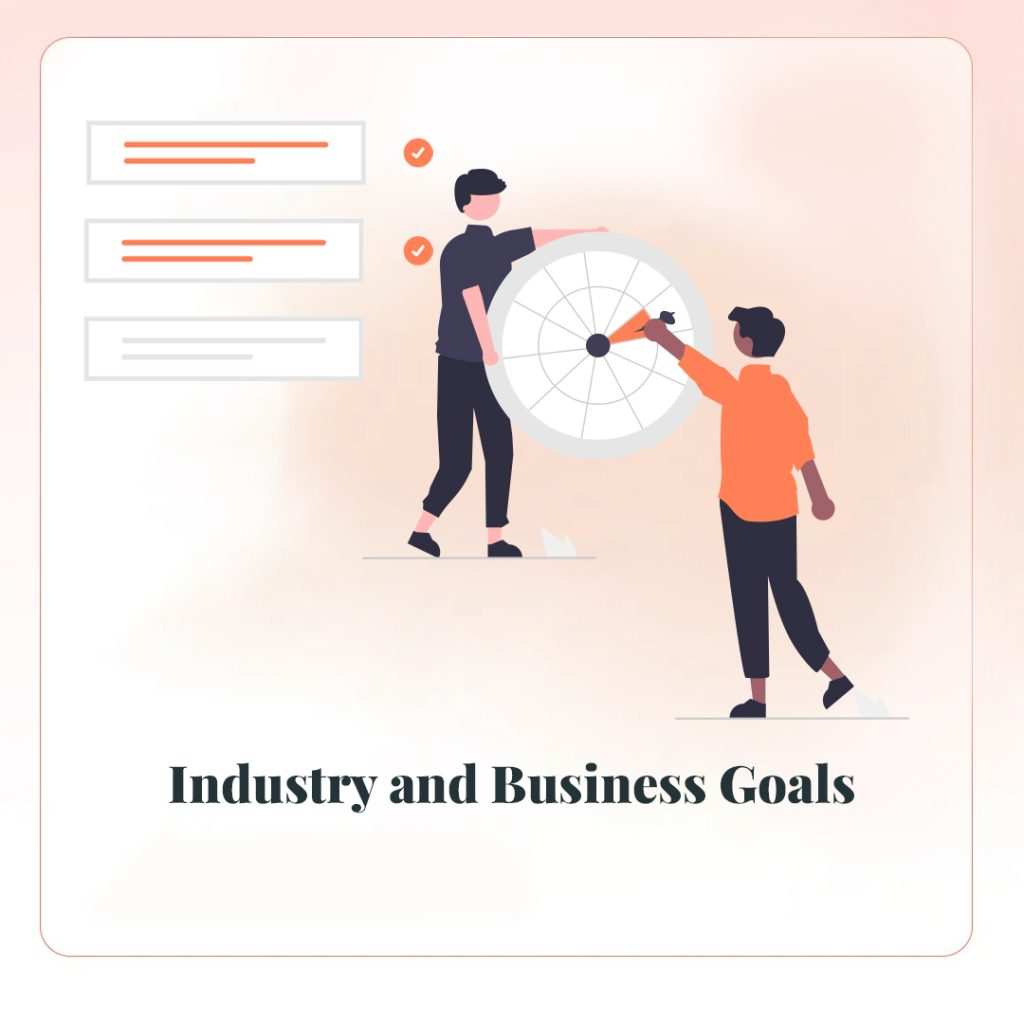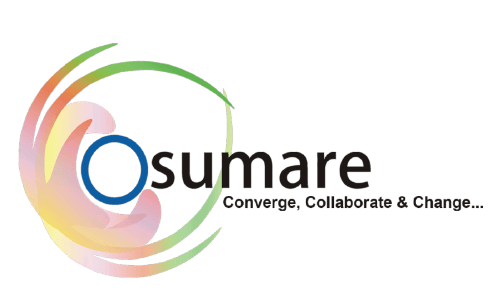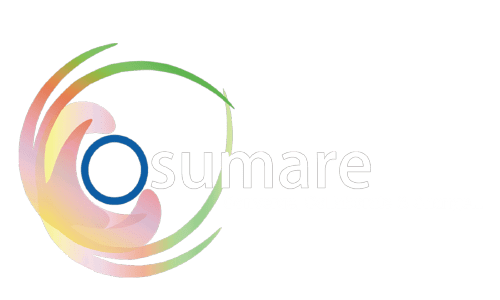Human Resource Management (HRM) has undergone significant transformation over years. The shift from traditional to modern HRM practices mirrors evolving needs of businesses and their workforces. In this blog we will delve into key differences between traditional and modern HRM. We’ll explore their pros. And cons. We’ll determine which approach might be best suited for your business. Osumare Digital Marketing Agency will guide you to the to the best result.
What is Traditional HRM?
Traditional HRM, often referred to as personnel management, focuses primarily on administrative and operational tasks. Core activities in traditional HRM include hiring firing, payroll management compliance with labor laws and basic employee welfare. Here are some of main features of traditional HRM:
Administrative Focus: Traditional HRM focuses on administrative tasks like record-keeping. Managing employee benefits. Complying with labor laws. These processes often involve significant paperwork and manual effort.
Reactive Approach: This approach tends to be reactive. Issues are addressed as they arise rather than proactively managed. The focus is on solving problems after they occur.
Top-Down Management: Decision-making in traditional HRM is typically centralized. Senior managers and HR executives make most of the decisions. There is limited input from employees.
Limited Scope. The scope is generally limited to basic functions. Recruitment and termination. Managing employee records. There is less focus on strategic planning, employee development and engagement.
Annual Performance Reviews: Performance appraisals are usually conducted once a year based on standardized criteria These criteria may not always reflect an employee’s true performance or potential.
Advantages of Traditional HRM
- Clear Structure: Traditional HRM provides a clear and structured approach to managing employees. It offers well-defined roles. And responsibilities.
- Compliance: This approach ensures adherence to labor laws. It helps reduce risk of legal issues.
- Cost-Effective: Traditional HRM can be cost-effective especially for small businesses with limited resources. It focuses on essential administrative tasks. It doesn’t require significant investment in technology
Disadvantages of Traditional HRM
Lack of Flexibility: Traditional HRM is often rigid. Slow to adapt to changes this can hinder innovation. Responsiveness in a dynamic business environment may suffer.
Employee Dissatisfaction: Top-down approach and limited employee involvement can lead to low morale. This can cause disengagement. Employees may feel undervalued.
Inefficiency: Manual processes can be time-consuming. They are also prone to errors. This leads to delays and increased administrative costs.
What is Modern HRM?
Modern HRM, also known as strategic HRM, focuses on aligning HR practices with overall business strategy. It focuses on employee development. Engagement and use of technology to streamline the processes. Key characteristics of modern HRM include:
- Strategic Focus: Modern HRM aligns HR practices with organization’s strategic goals. This includes workforce planning, talent management, and ensuring HR initiatives support business objectives.
- Proactive Approach: This approach anticipates. It addresses potential issues before they arise. Such as identifying skill gaps and succession planning. A positive work culture is also important.
- Employee-Centric: Decision-making is more decentralized. Employees have a greater voice in the process. There is a strong focus on employee engagement, satisfaction, and well-being.
- Technology-Driven: Modern HRM uses technology to streamline processes. Improve communication and improve data management. This includes using HR software for recruitment, performance management, and employee engagement.
- Continuous Performance Management: Performance evaluations are ongoing. They are based on continuous feedback rather than annual reviews. This method provides a more accurate and timely assessment of employee performance.
Advantages of Modern HRM
- Better Productivity: Focusing on employee development and engagement can improve productivity. It also boosts performance. Employees are more motivated. They are also more committed.
- Innovation and Agility: Modern HRM promotes a culture of innovation and agility. This allows organizations to quickly adapt to changes. They can respond to emerging trends more effectively.
- Improved Employee Retention: By prioritizing employee satisfaction and well-being modern HRM can improve retention rates. Engaged employees are more likely to stay with an organization.
- Data-Driven Decisions: Utilizing technology and data analytics enables informed decision-making. This leads to better talent management. It also improves strategic planning.
Disadvantages of Modern HRM
- Cost: Implementing modern HRM practices can be costly. This is true for smaller organizations. This is due to investment in technology training and development programs.
- Complexity: Transitioning from traditional to modern HRM can be complex. It is challenging. It requires a change in mindset and culture. Also, processes need change.
- Dependence on Technology: Modern HRM relies heavily on technology. This can be a disadvantage if an organization lacks the necessary infrastructure. Expertise is also important. Technical issues can disrupt HR operations.
Choosing Best Approach for Your Business
Choosing between traditional and modern HRM depends on several factors including size of your organization. Your industry business goals and available resources are also important considerations. Here are some considerations to help you decide:
Organizational Size and Structure
Small Businesses: Traditional HRM can be more suitable for small businesses due to cost-effectiveness. And simplicity. However as business grows incorporating modern HRM practices becomes necessary to support expansion. And strategic objectives.
Large Organizations: Large organizations often benefit from modern HRM due to complexity. And scale. Their operations are vast. A strategic HRM approach aligns with business goals. And effectively supports a large workforce.

Employee Needs and Expectations

Employee-Centric Culture: Organizations that prioritize employee satisfaction and engagement. Development should adopt modern HRM. Foster a positive work environment. Attract top talent.
Basic Employee Management: For organizations focusing primarily on basic employee management. Compliance and traditional HRM may suffice. However, considering long-term impact on morale and productivity is crucial.
Industry and Business Goals
Dynamic Industries: Industries that experience rapid change such as technology and healthcare. These need modern HRM to foster innovation. They also need to maintain a skilled workforce.
Stable Industries: In stable industries traditional HRM may still be effective due to its cost-efficiency. And simplicity. However integrating some modern HRM practices can improve employee engagement. It can also boost performance

Resource Availability

Budget Constraints: Organizations with limited budgets might find traditional HRM more feasible due to lower costs. However investing in modern HRM practices can yield long-term benefits. These benefits outweigh initial expenses.
Access to Technology Organizations with access to advanced technology and expertise should leverage modern HRM. This improves efficiency and decision-making. Utilizing HR software and data analytics. These tools provide a competitive edge.
Combining Traditional and Modern HRM Practices
Often the best approach is to combine elements of both traditional and modern HRM. This hybrid strategy allows organizations to benefit from strengths of each method. It also helps to mitigate weaknesses. Here are ways to achieve balance:
Streamline Administrative Tasks with Technology
While traditional HRM focuses on administrative tasks modern HRM leverages technology to streamline these processes. Implementing HR software can automate payroll. It can also help with attendance tracking. Furthermore it assists compliance management reducing manual workload and increasing efficiency.
Culture of Continuous Improvement
Adopt a proactive approach to employee development. Implement continuous feedback mechanisms. Introduce regular training programs. Offer career development opportunities. This will improve employee engagement. It will also improve productivity.
Decentralize Decision-Making
Strengthen employees by involving them in decision-making processes. Create channels for employee feedback. Encourage collaboration. This employee-centric approach improves morale. And fosters sense of ownership and accountability
Balance Compliance and Strategic Goals
- Professionals with extensive experience and certification in digital marketing: Osumare’s team consists of digital marketers that possess extensive industry training, certification, stay current with industry developments, and implement best practices.
- The Way of Collaboration and Transparency: We think that is important to have collaboration between our clients and us, so they will feel comfortable during the working process.
- Budget-sensitive Scales for You: It means we can adapt any of our services in order to meet your needs and budget thereby enabling you to get value for money on your investment fees.
Invest in Employee Well-Being
Prioritize employee well-being through flexible work arrangements. Wellness programs and supportive work environments also matter. Modern HRM practices. Focusing on well-being improves retention. Attract top talent
Use Data for Informed Decisions
Use data analytics for informed HR decisions. Analyze employee performance. Also look at turnover rates. Engagement levels are important too. Identify trends and areas for improvement. This helps enhance talent management and strategic planning.
Case Studies: Practical Examples
Traditional HRM in Action: Small Retail Business
Small retail business with limited resources relies on traditional HRM to manage its workforce. The HR manager focuses on administrative tasks. Payroll compliance and basic employee management. Due to the business’s stable nature and smaller size this approach is cost-effective and straightforward. However, as business expands it starts experiencing challenges. Retaining employees and managing performance effectively.
Modern HRM in Action: A Tech Startup
A tech startup in a rapidly changing industry adopts modern HRM practices to stay competitive. The HR team aligns HR strategies with business goals. It leverages technology for recruitment and performance management. A culture of continuous improvement is fostered. Employees are engaged through regular feedback. Development programs focus on well-being. This proactive and strategic approach helps startups attract and retain top talent. This drives innovation. And growth.
Hybrid HRM in Action: A Mid-Sized Manufacturing Company
Mid-sized manufacturing companies combine traditional and modern HRM practices. This balances cost-efficiency and strategic goals. It uses HR software to automate administrative tasks. Continuous performance management is implemented. Employee development programs are also in place. Decision-making is decentralized. Employee feedback channels are active. This hybrid approach ensures compliance and improves employee engagement. It supports the company’s growth and adaptability.
Conclusion
Choosing between traditional and modern HRM depends on the organization’s size, industry, goals and resources. Traditional HRM provides a structured cost-effective approach to basic employee management. Meanwhile, modern HRM offers a strategic employee-centric approach that improves productivity, fosters innovation, and boosts satisfaction.
In today’s dynamic business environment, many organizations find hybrid approaches effective. Combining elements of both traditional and modern HRM helps. By using the latest technology. Creating a culture of continuous improvement and prioritizing employee well-being businesses can develop top-notch HRM strategies that support growth and success.
Ultimately, the best HRM approach for business aligns with unique needs and objectives. Creating a positive productive work environment for employees is crucial. Whether you lean towards traditional HRM reflect modern HRM, or find balance between the two keys is to continually assess. Adapt HR practices to meet evolving demands of business and workforce.

